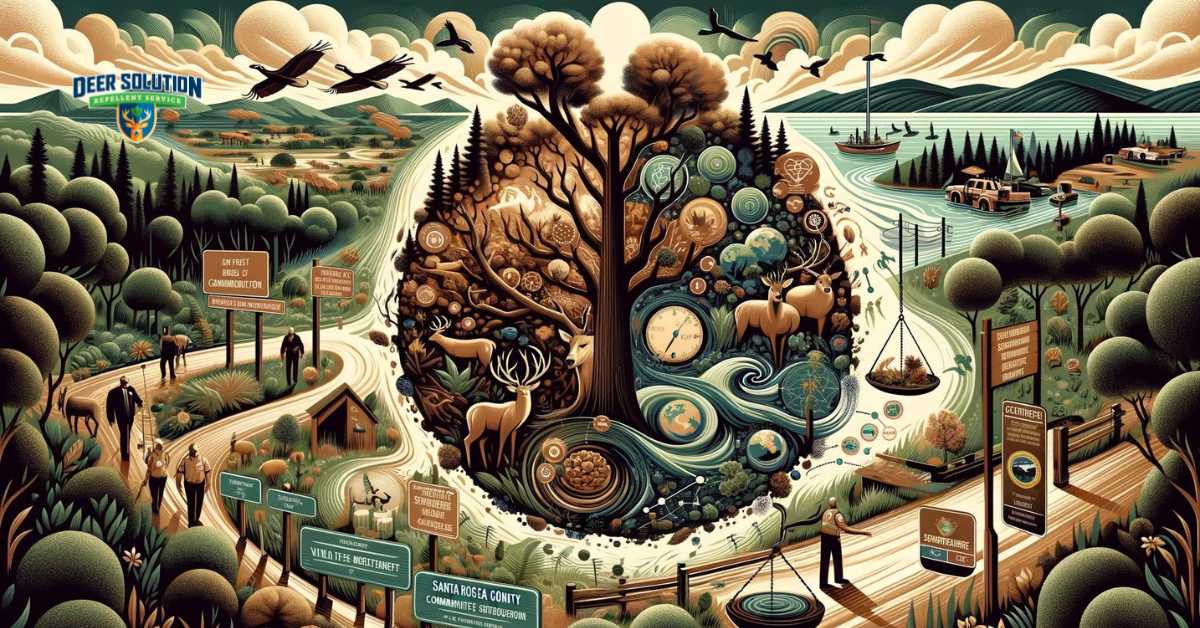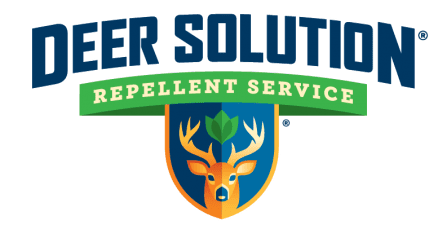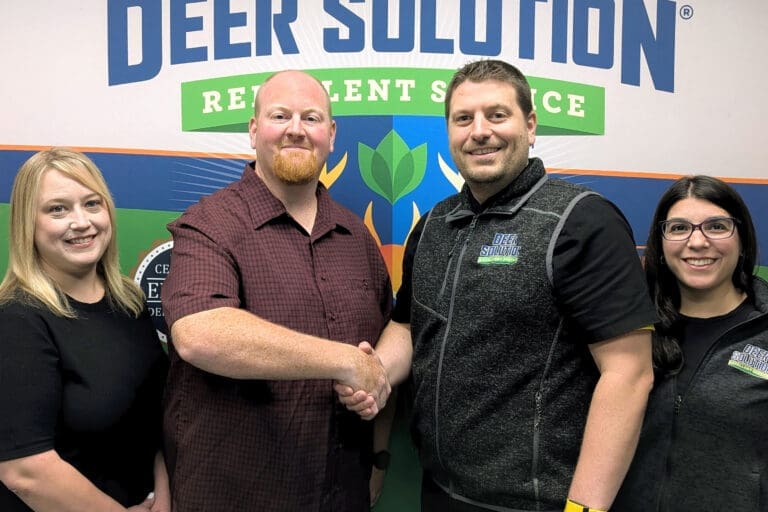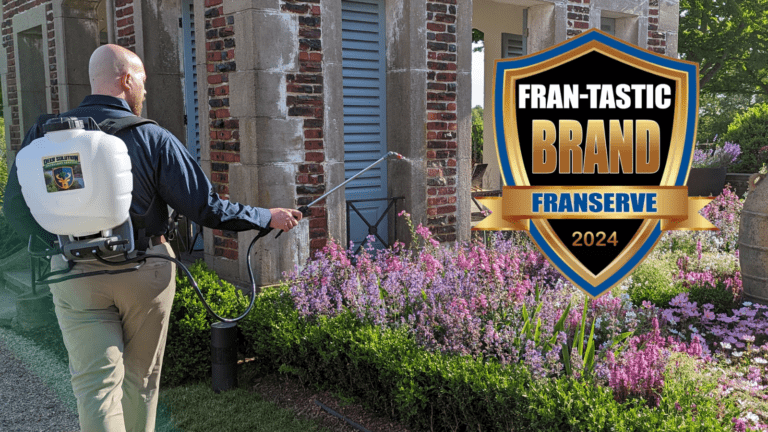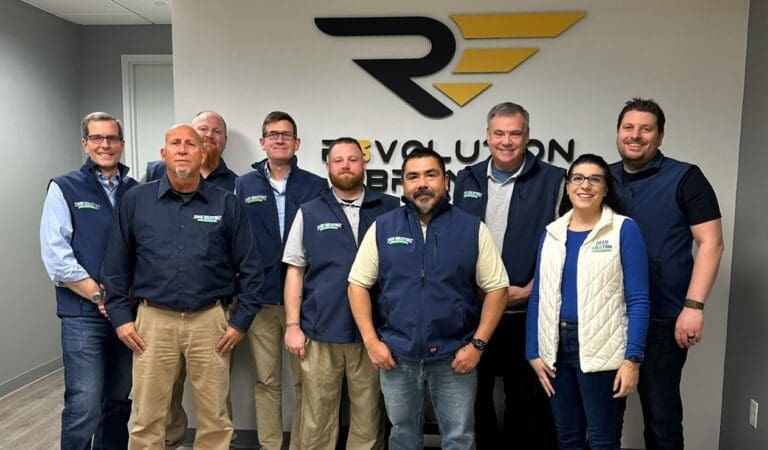Santa Rosa County, Florida, known for its verdant landscapes and diverse ecosystems, is confronting an environmental issue that intertwines the natural world with community well-being: the overpopulation of deer and the consequent damage to the county’s trees.
This burgeoning concern has sparked dialogue among residents, environmentalists, and local officials, aiming to find a sustainable path forward.
Understanding the Overpopulation Issue
The heart of the problem lies in the delicate balance of Santa Rosa County’s ecosystems, which are increasingly disturbed by the rising deer populations. This overpopulation poses not only a threat to the natural habitats but also encroaches upon human environments, leading to conflicts that impact the county’s flora, particularly its trees.
The Toll on Trees: A Closer Look
The damage inflicted by deer on trees is multifaceted. Deer feeding habits, especially the stripping of bark and consumption of young saplings, have led to significant concerns about forest regeneration and the long-term health of wooded areas.
This damage extends beyond the loss of individual trees, affecting the overall biodiversity and ecological balance of the county’s natural spaces.
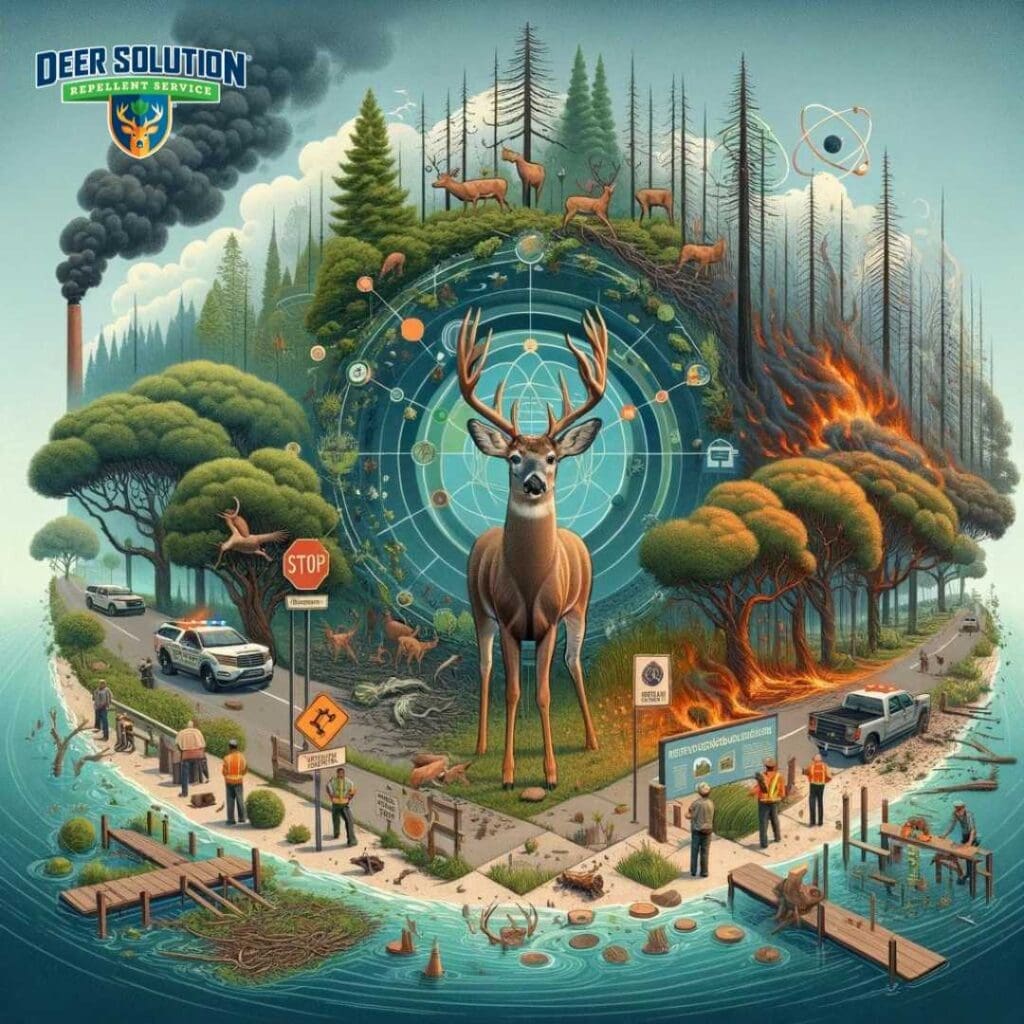
Community and Ecological Impact
The repercussions of deer overpopulation ripple through the community, affecting not just the natural landscapes but also the residents of Santa Rosa County. Homeowners, particularly those with a passion for gardening and landscaping, find themselves on the frontline, witnessing the impact of deer feeding on their carefully cultivated spaces.
This intersection of human and wildlife habitats underscores the need for solutions that address both the ecological and social dimensions of the issue.
Navigating Ecological Ramifications
The ecological ramifications of unchecked deer populations and the resulting tree damage are profound. The altered dynamics of forested areas can lead to cascading effects on the county’s ecosystems, potentially disrupting habitat availability for other species and altering natural processes.
Addressing these challenges requires a nuanced understanding of the ecological interplay at work and a commitment to strategies that support long-term environmental health.
Seeking Sustainable Solutions
As Santa Rosa County grapples with the challenges of deer overpopulation and its impact on local ecosystems, the community is called to action. The pursuit of sustainable solutions involves a collaborative approach, engaging a broad spectrum of stakeholders in a dialogue that bridges ecological science with community values.
The goal is to develop management strategies that are not only effective but also respectful of the natural world and the people who call Santa Rosa County home.
The issue of deer overpopulation and tree damage in Santa Rosa County, FL, presents a complex challenge that defies simple solutions. It is a testament to the interconnectedness of human and natural systems and the need for thoughtful stewardship of our shared environments.
As the community moves forward, the lessons learned in Santa Rosa County could serve as a guide for others facing similar environmental dilemmas, highlighting the importance of unity, science, and respect for nature in addressing ecological challenges.





